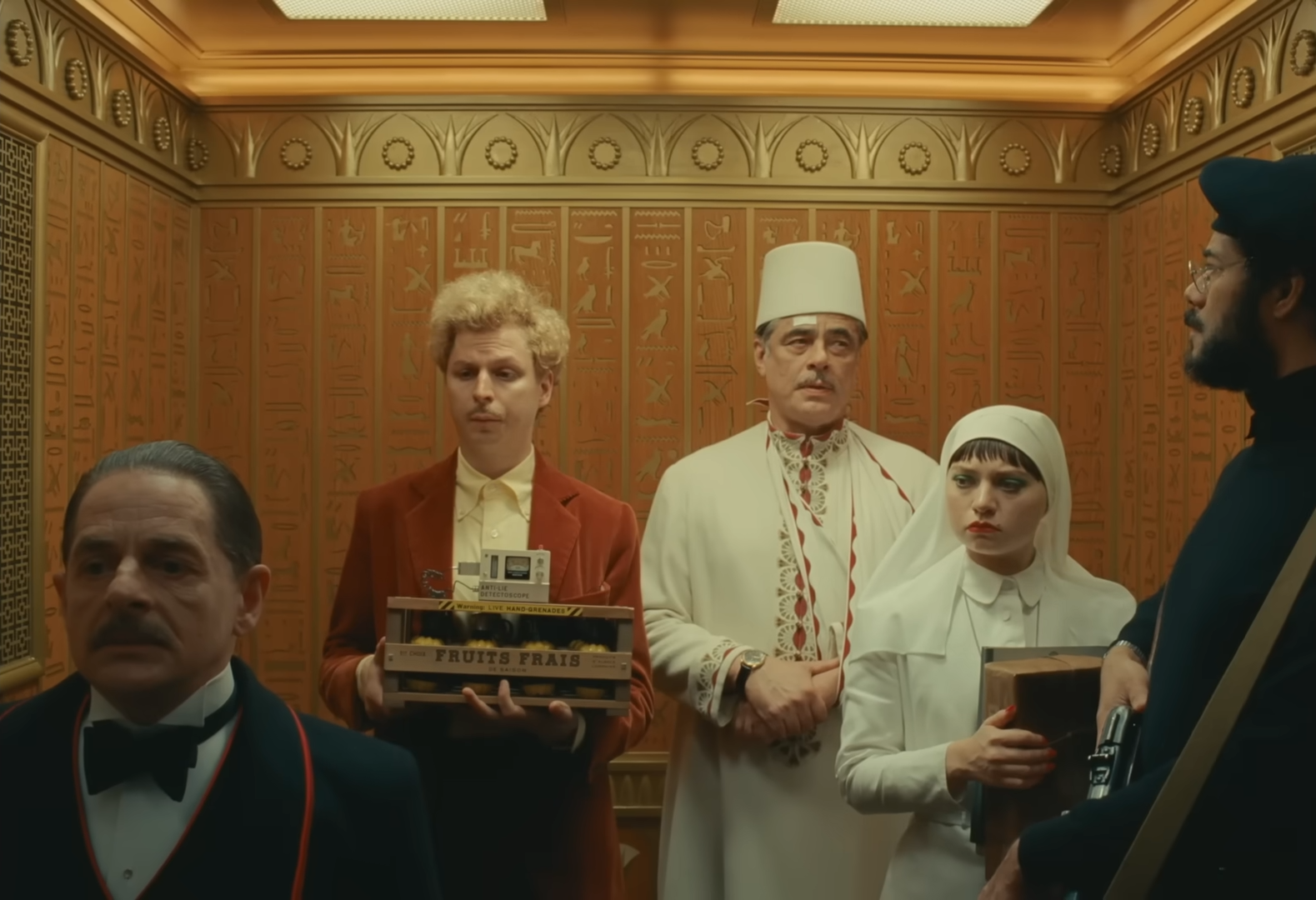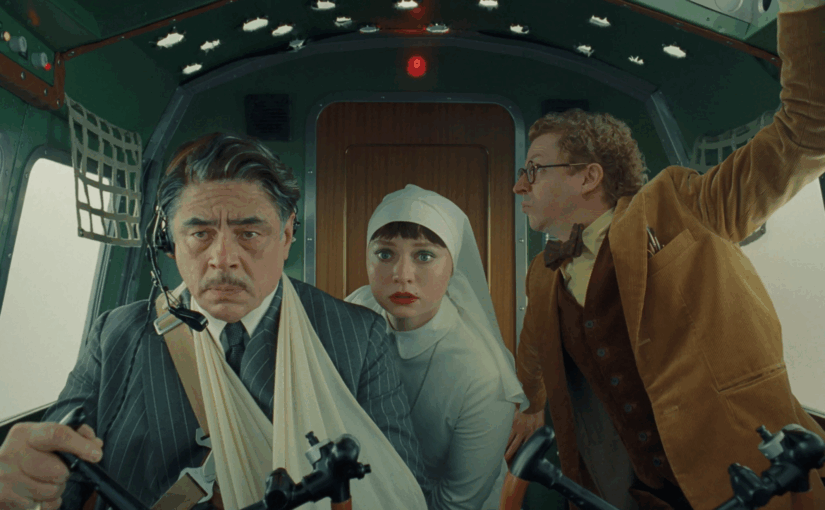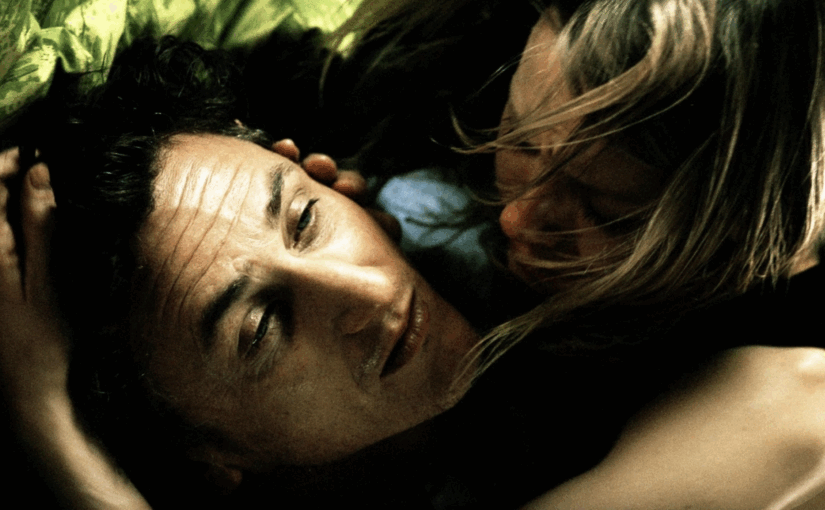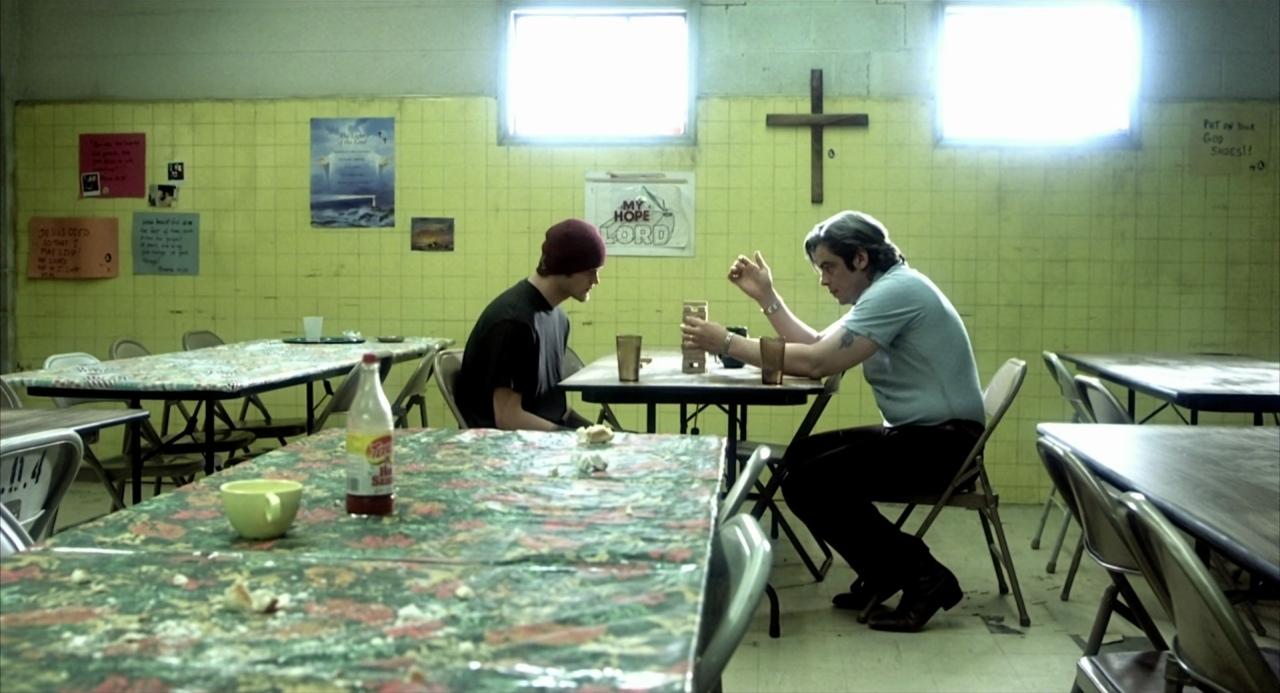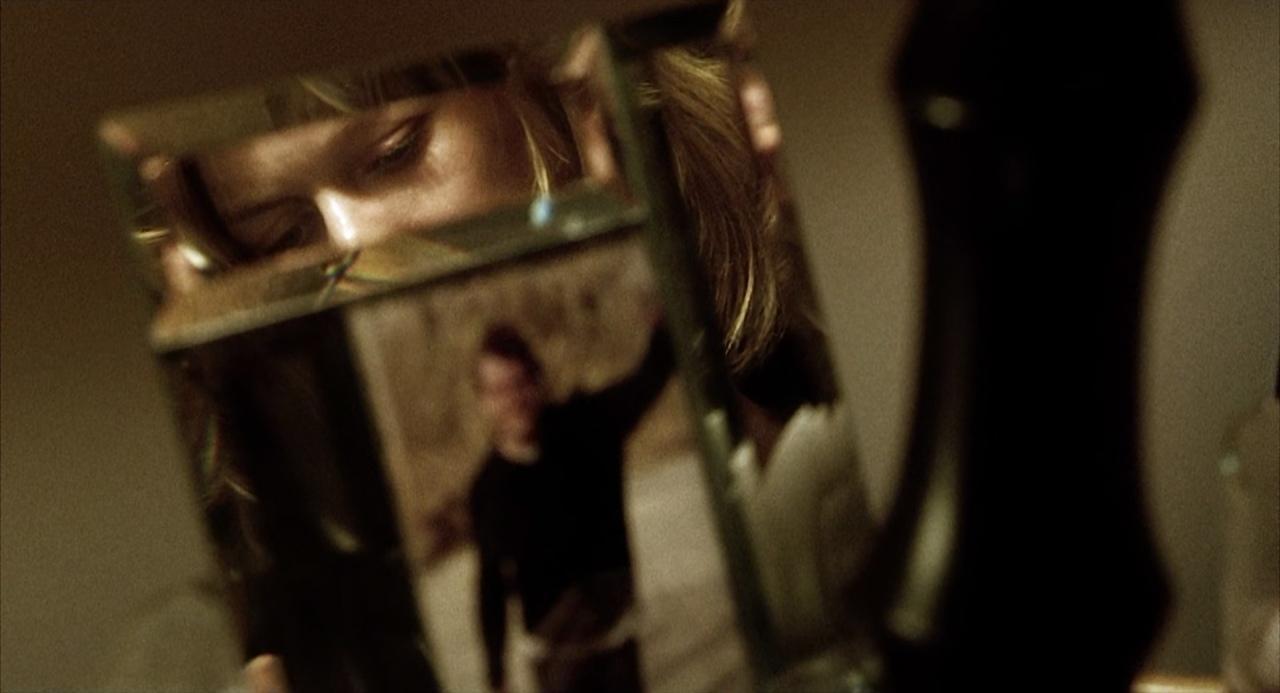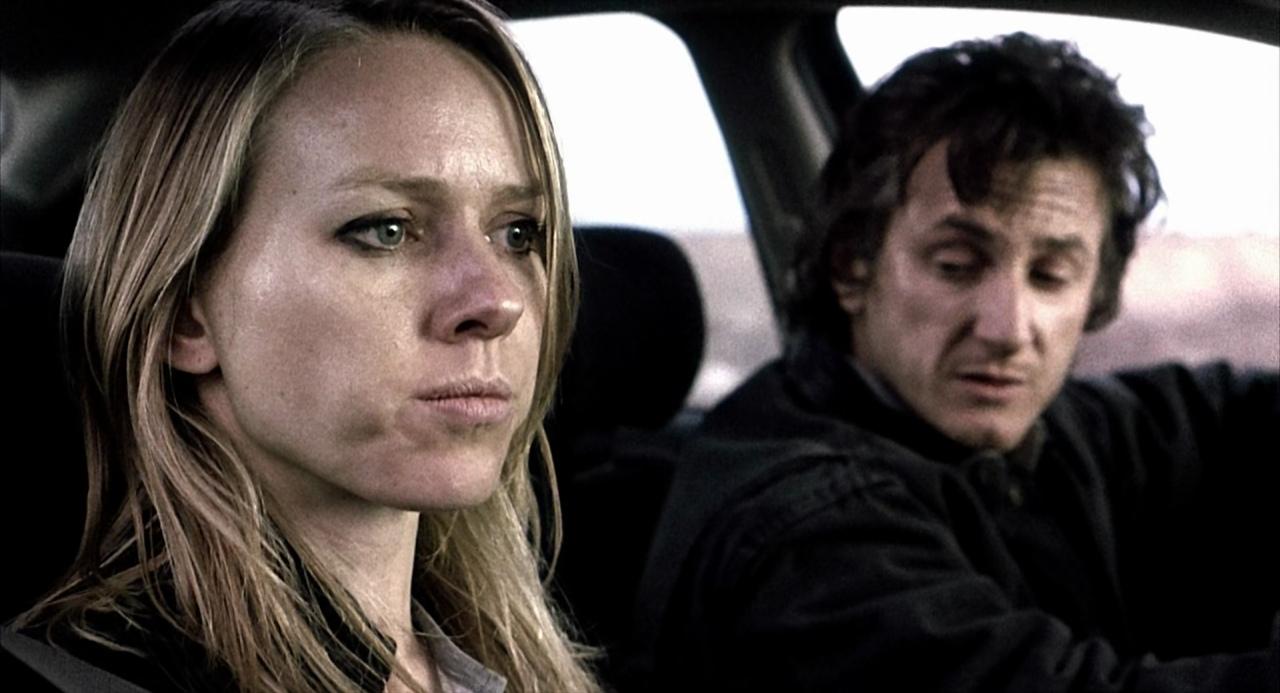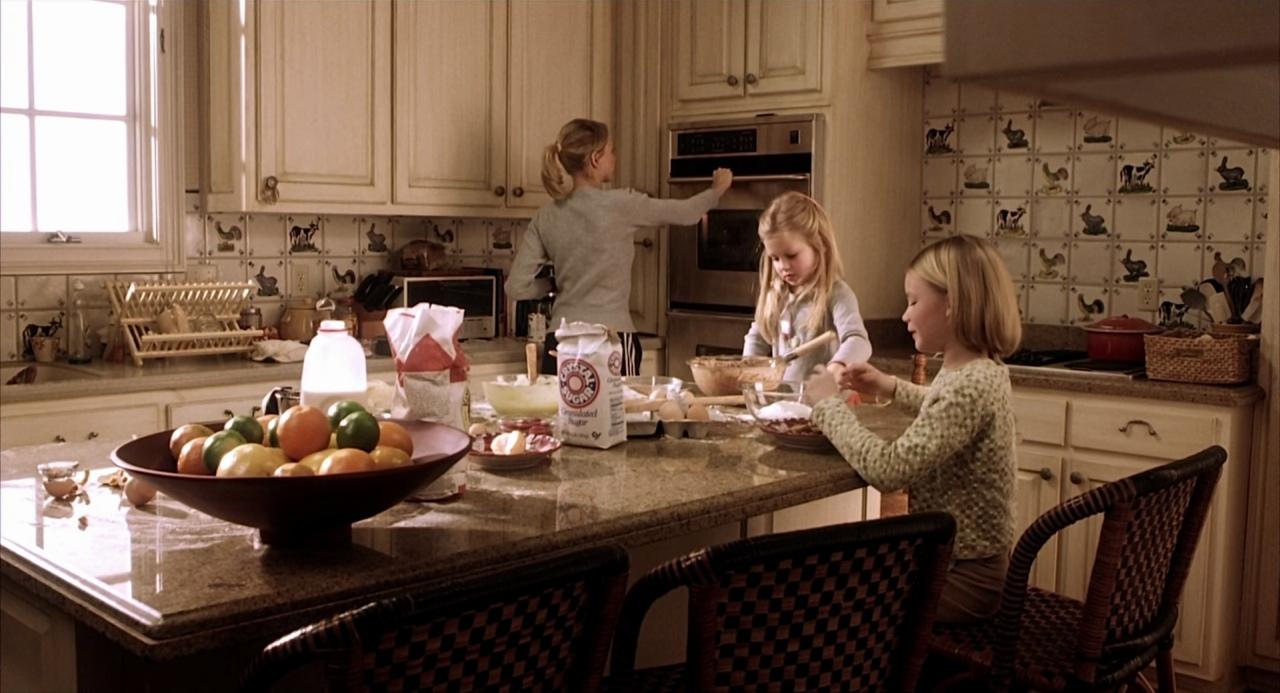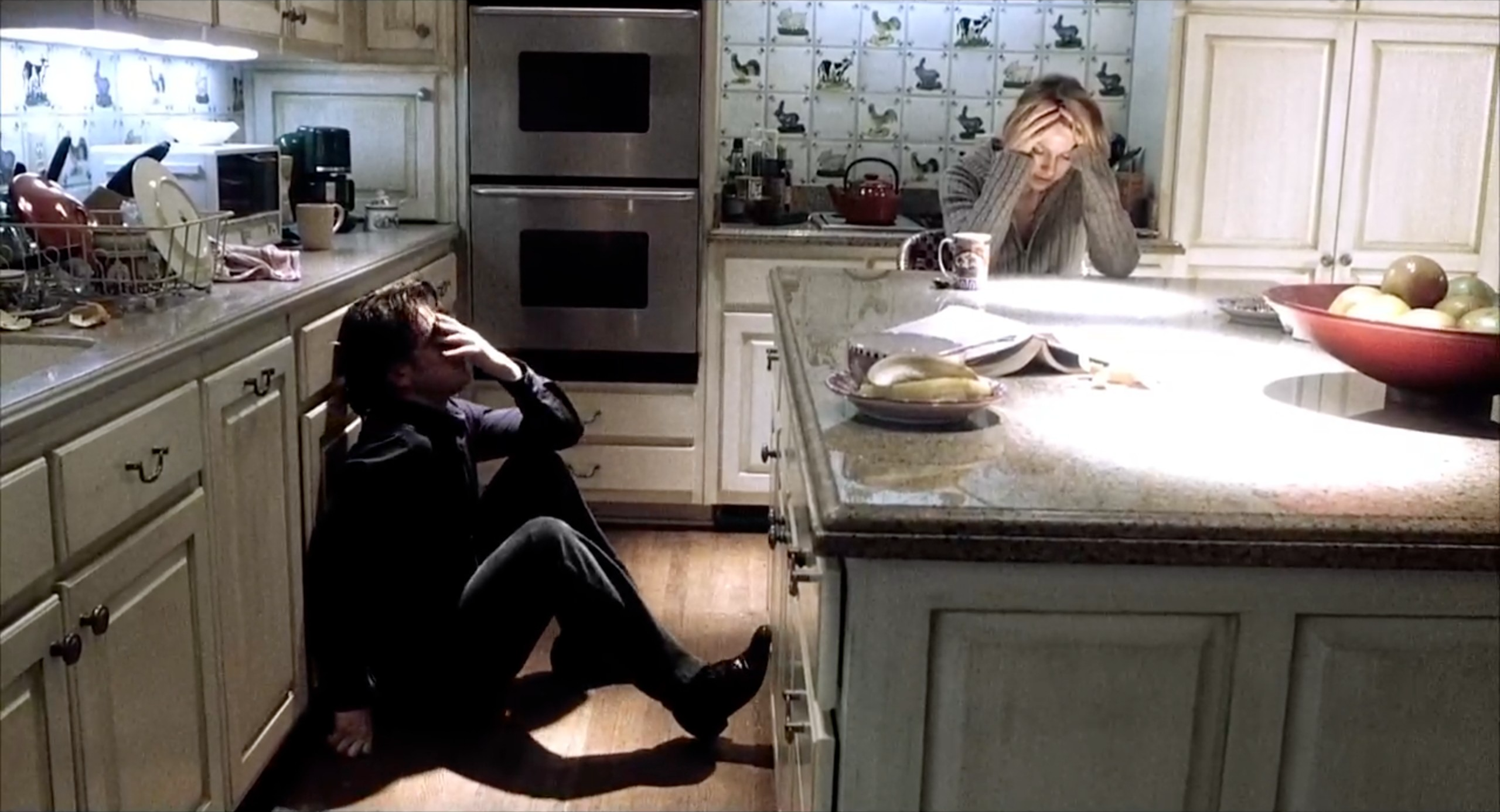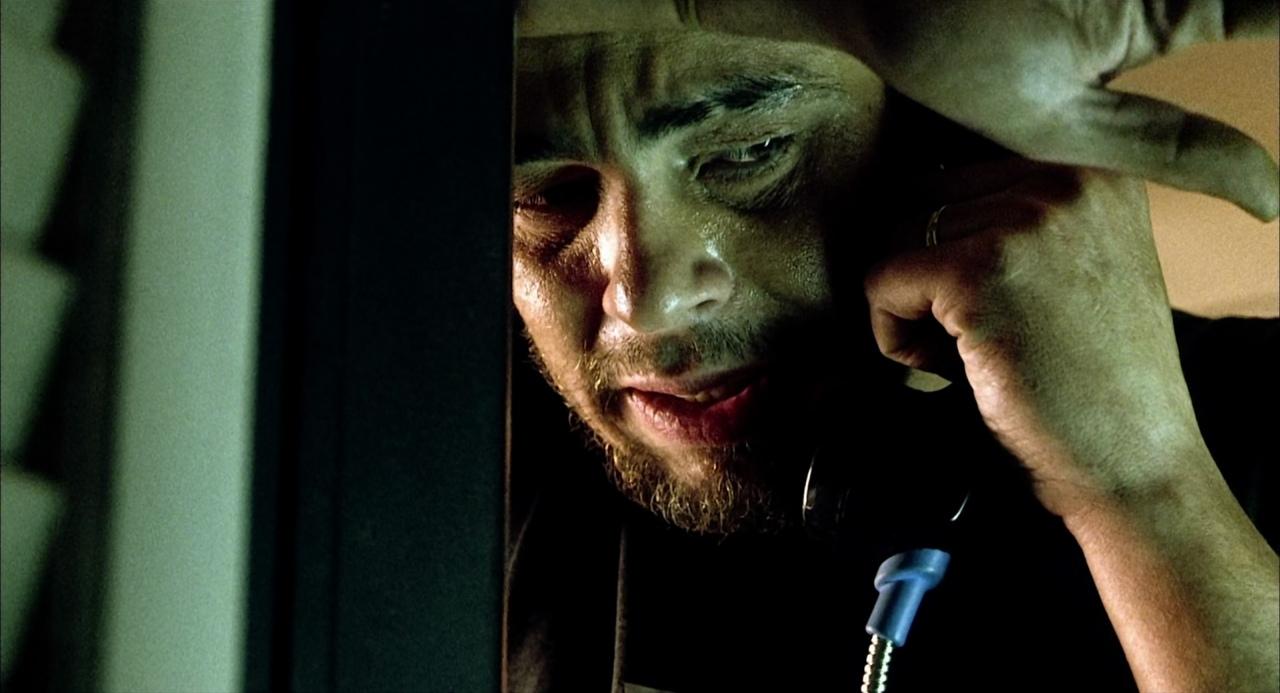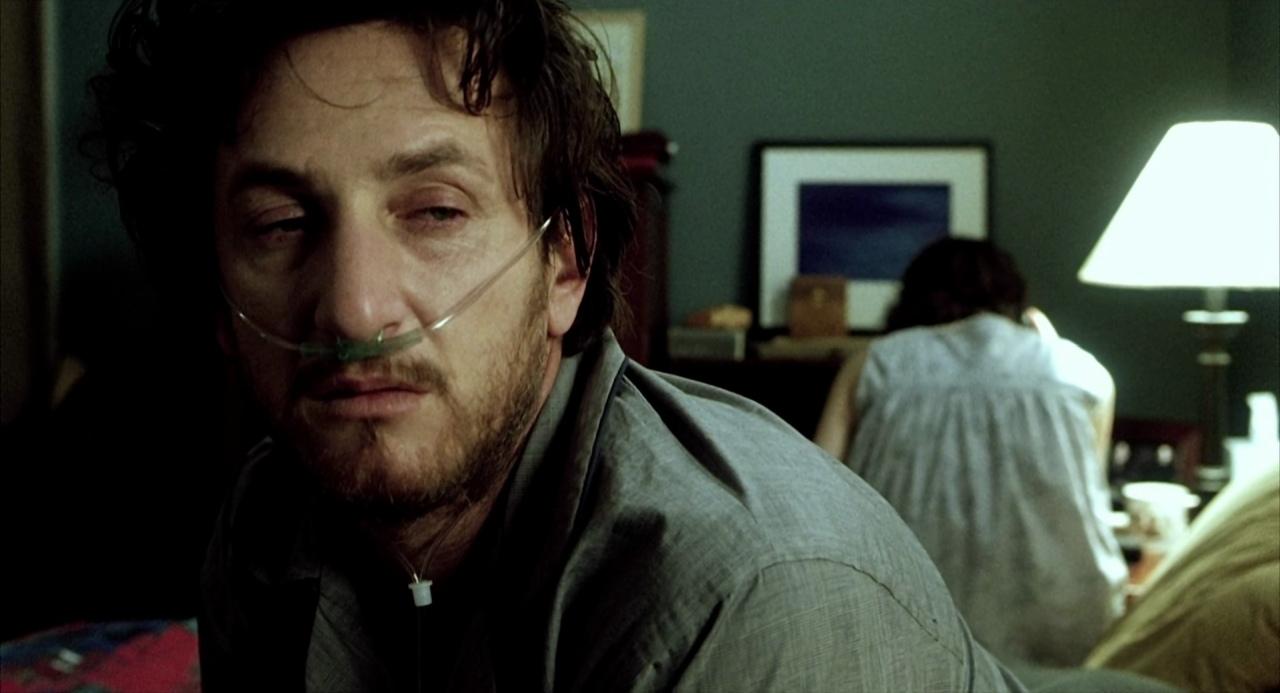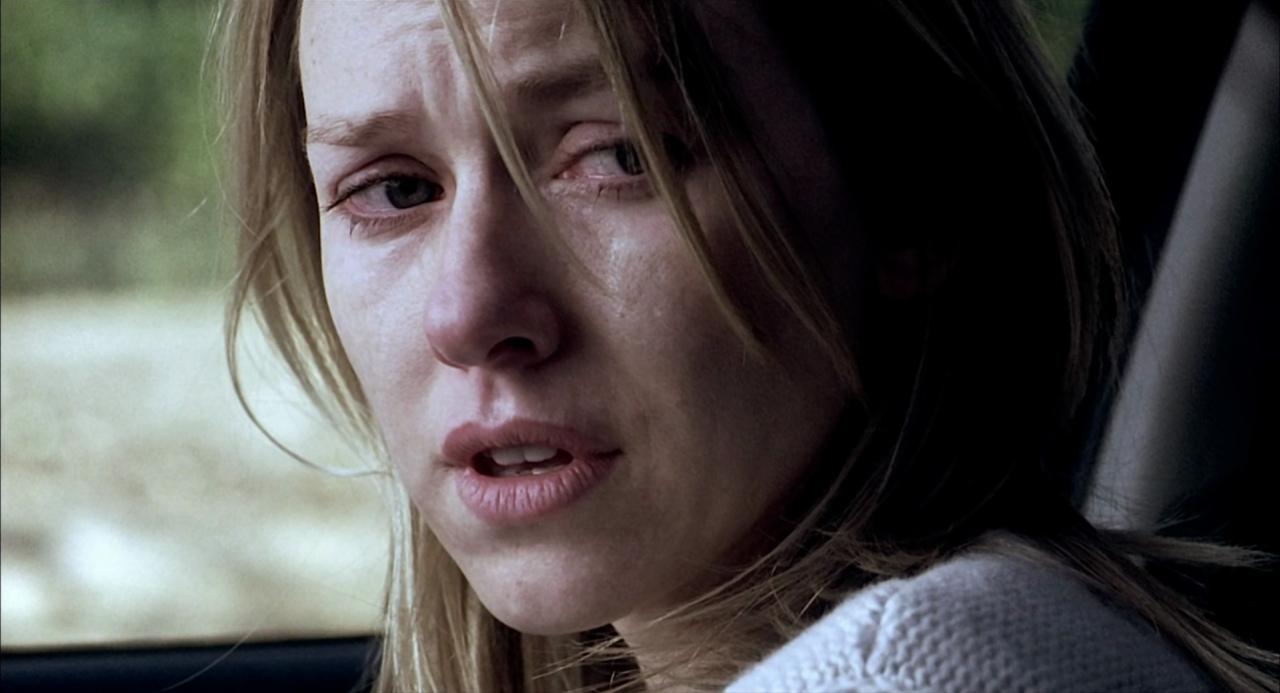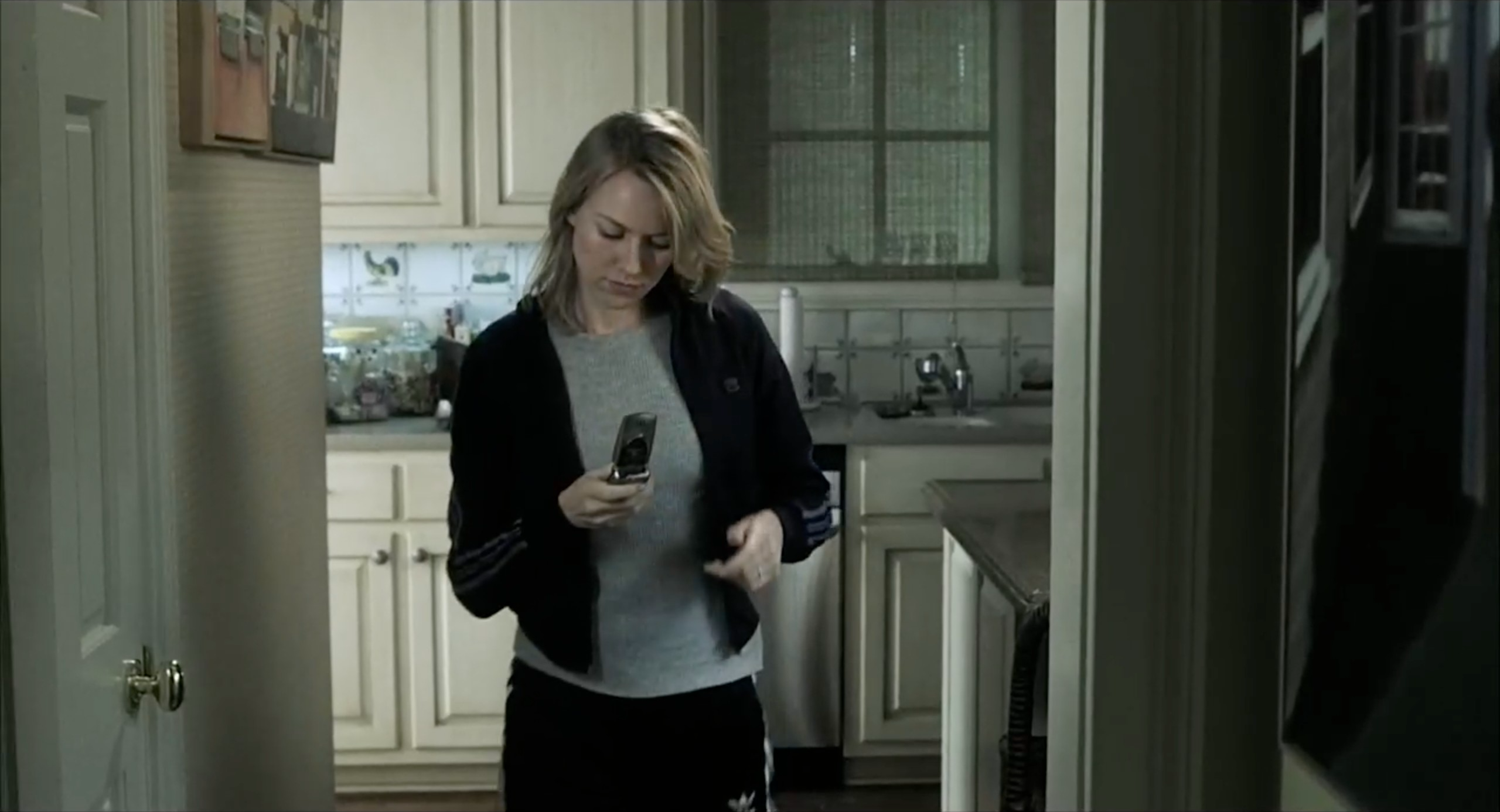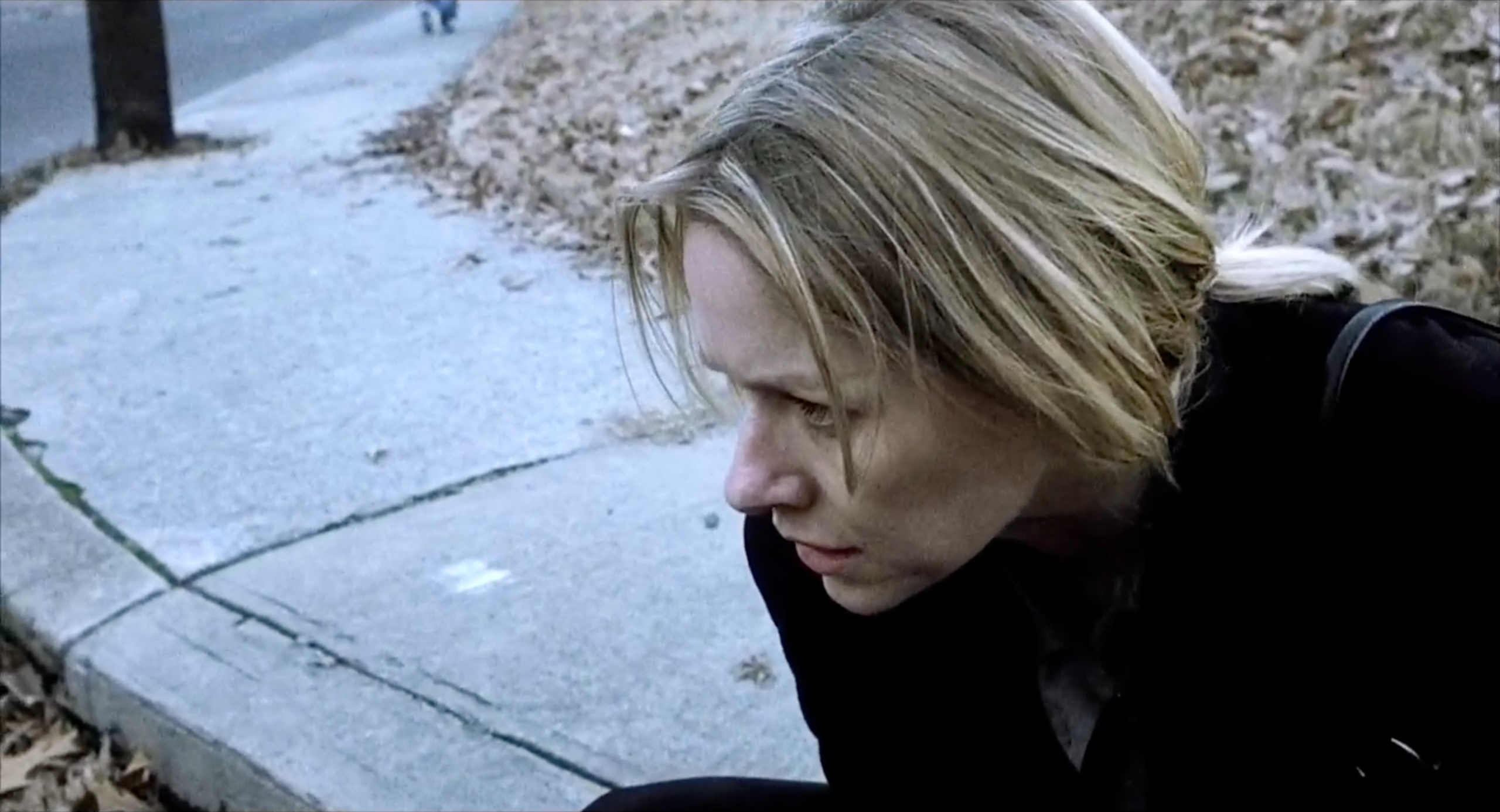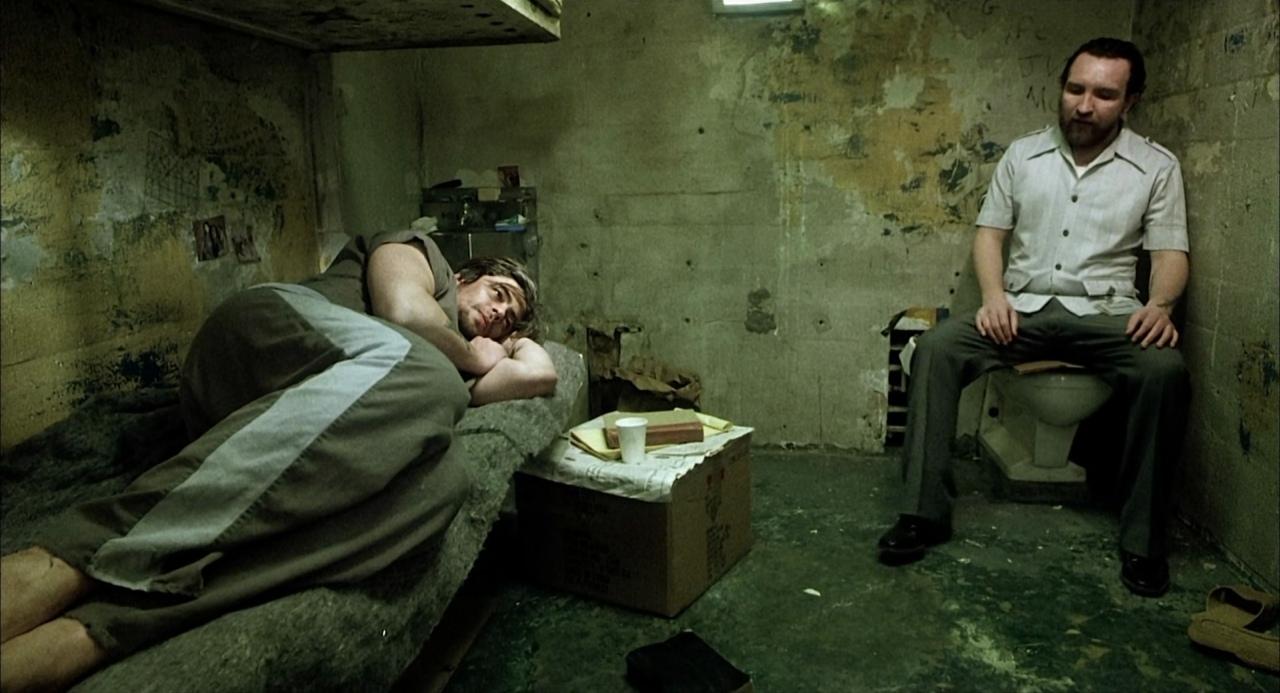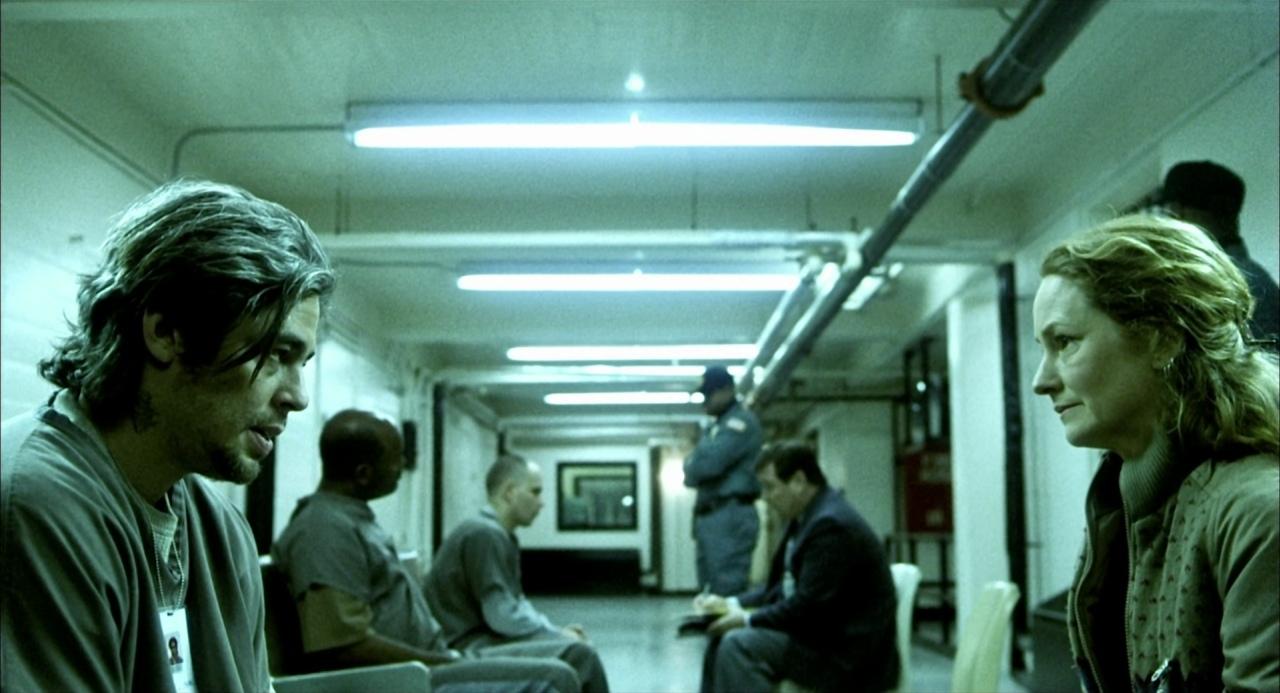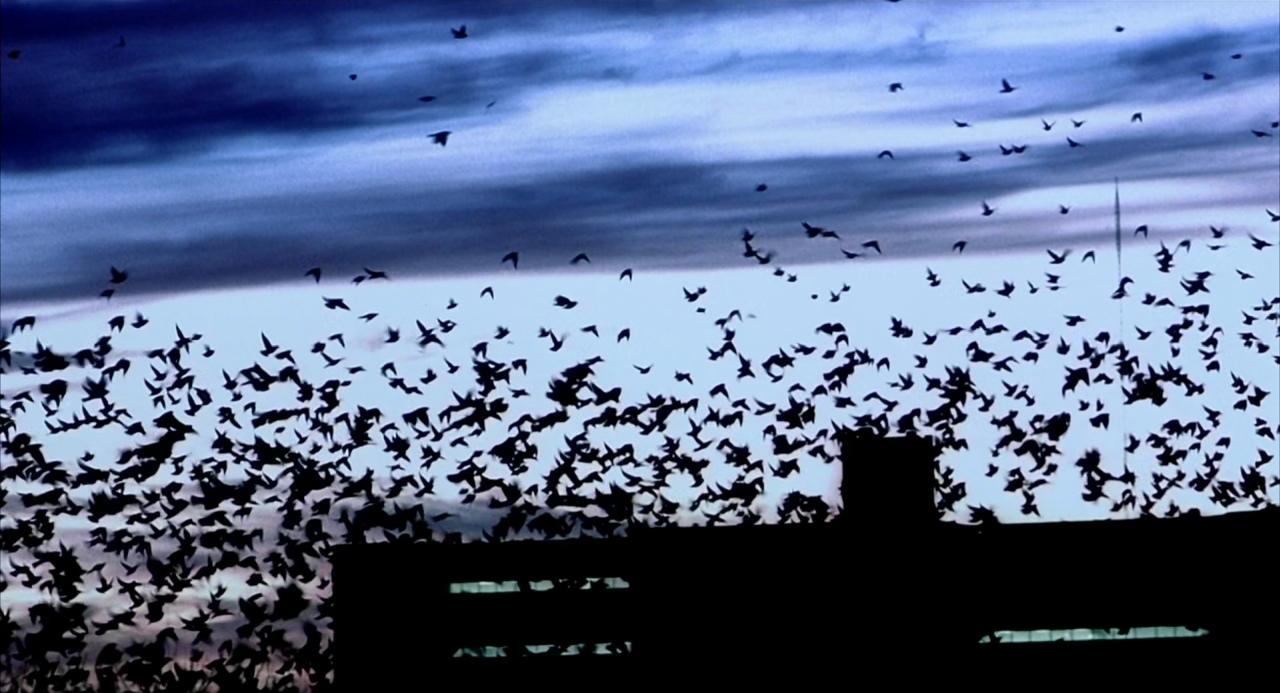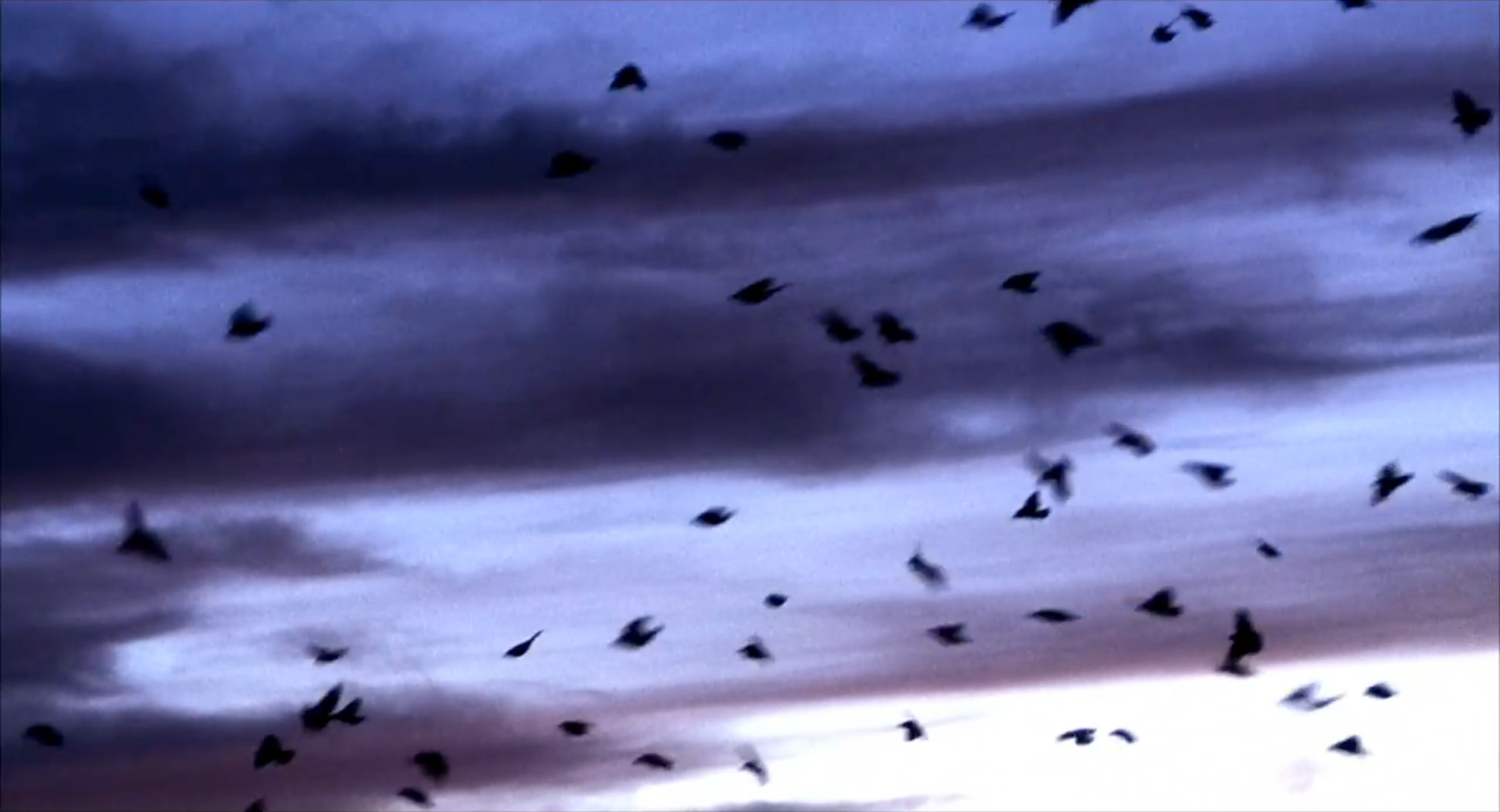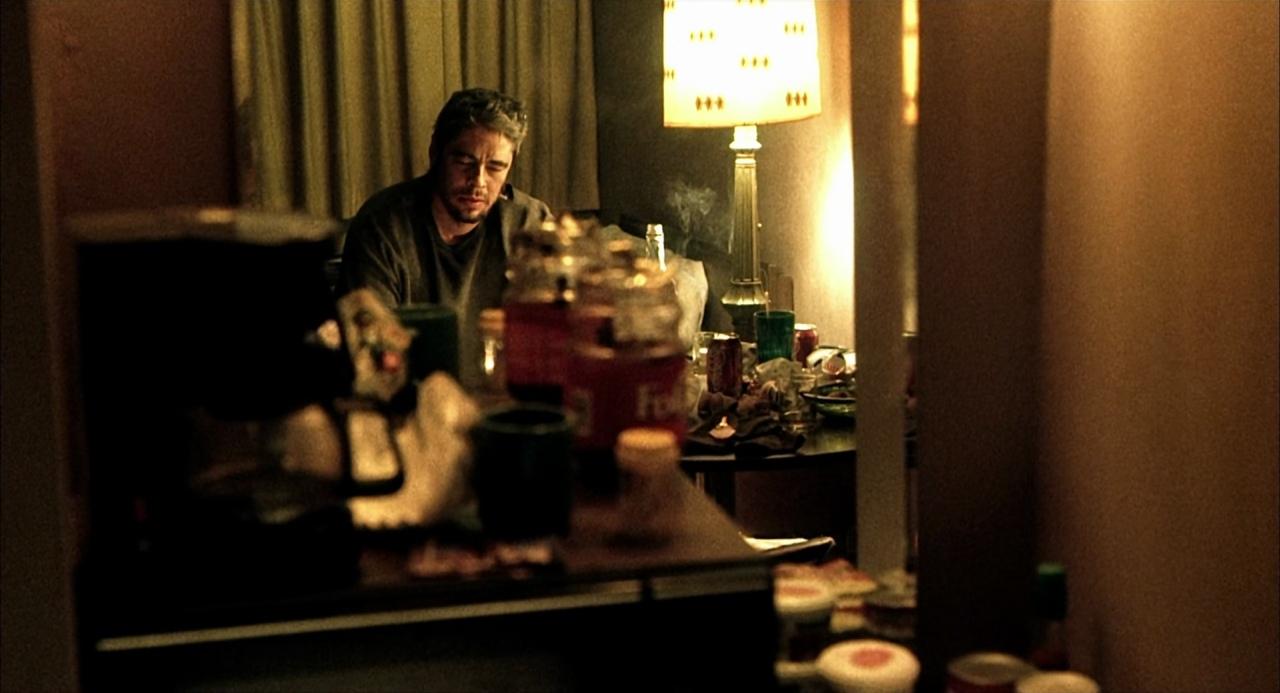Wes Anderson | 1hr 41min

Having survived six attempts on his life, wealthy industrialist Zsa-Zsa Korda is a man well-acquainted with death. His blasé attitude is somewhat reasonable given the circumstances, proclaiming “Myself, I feel quite safe” with nonchalant, deadpan regularity, and coming to expect peril around every corner. Nevertheless, he knows his days are numbered. After surviving a recent plane crash, monochrome visions of heaven have started raising far more existential questions than the comforts of his fortune ever managed, prompting reflections upon his soul, his legacy, and the immortality of both. Perhaps then Liesl, the daughter who he sent to a convent at age 5, is the most suited of his ten children to inherit his estate – if he can earn her trust while executing his most ambitious project to date.
Wes Anderson has frequently explored the redemption of estranged father figures through their reconnection with scorned children, and here Zsa-Zsa and Liesl fit nicely into this mould set by Royal and Margot Tenenbaum. Still, his work has never quite taken on such spiritual dimensions before, especially with the weariness of Benicio del Toro’s patriarch predisposing him to his daughter’s ecclesiastical influence. She does not approve of the slave labour required to overhaul the infrastructure of fictitious Middle Eastern country Phoenicia, but by accompanying him on his journey to win over investors, she sees the potential to do good along the way.
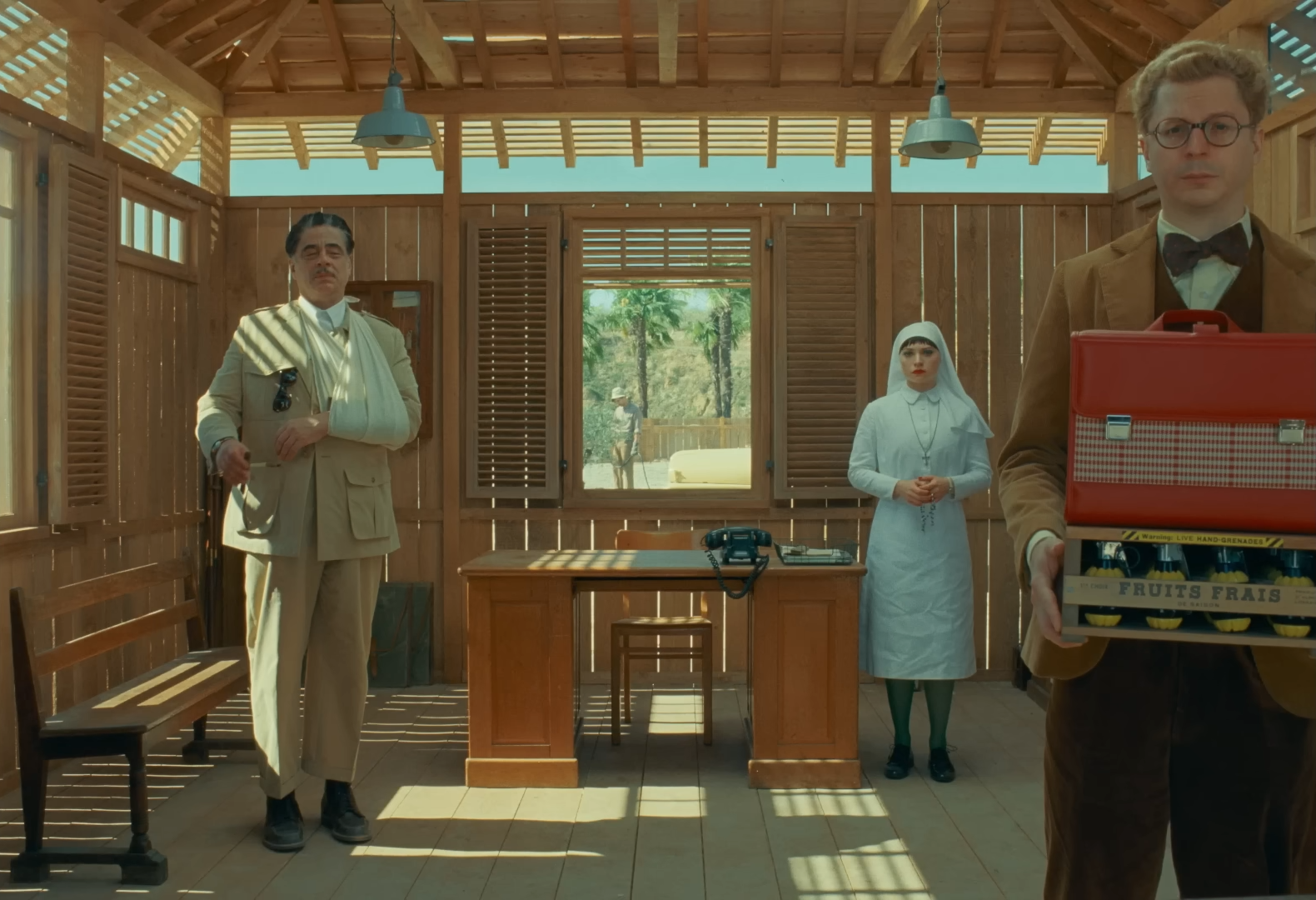
With Anderson’s last few films taking the form of ensemble pieces, The Phoenician Scheme returns to the focused character studies that defined his earlier work, recognising those contrived social pretences which exacerbate his protagonists’ loneliness. Del Toro thrives at centre of his second collaboration with Anderson, playing into the unexpected vulnerability of a businessman whose life has been built on the callous exploitation of others. Zsa-Zsa’s freedom to travel anywhere is virtually unlimited, though only at the expense of citizenship and personal rights – minor sacrifices for an affluent lifestyle, in his opinion. Belonging is an inherently submissive act, far out of reach for one so set on owning everything, and it is in this stateless void that the Korda family patriarch finds himself totally isolated from the world he wishes to possess.

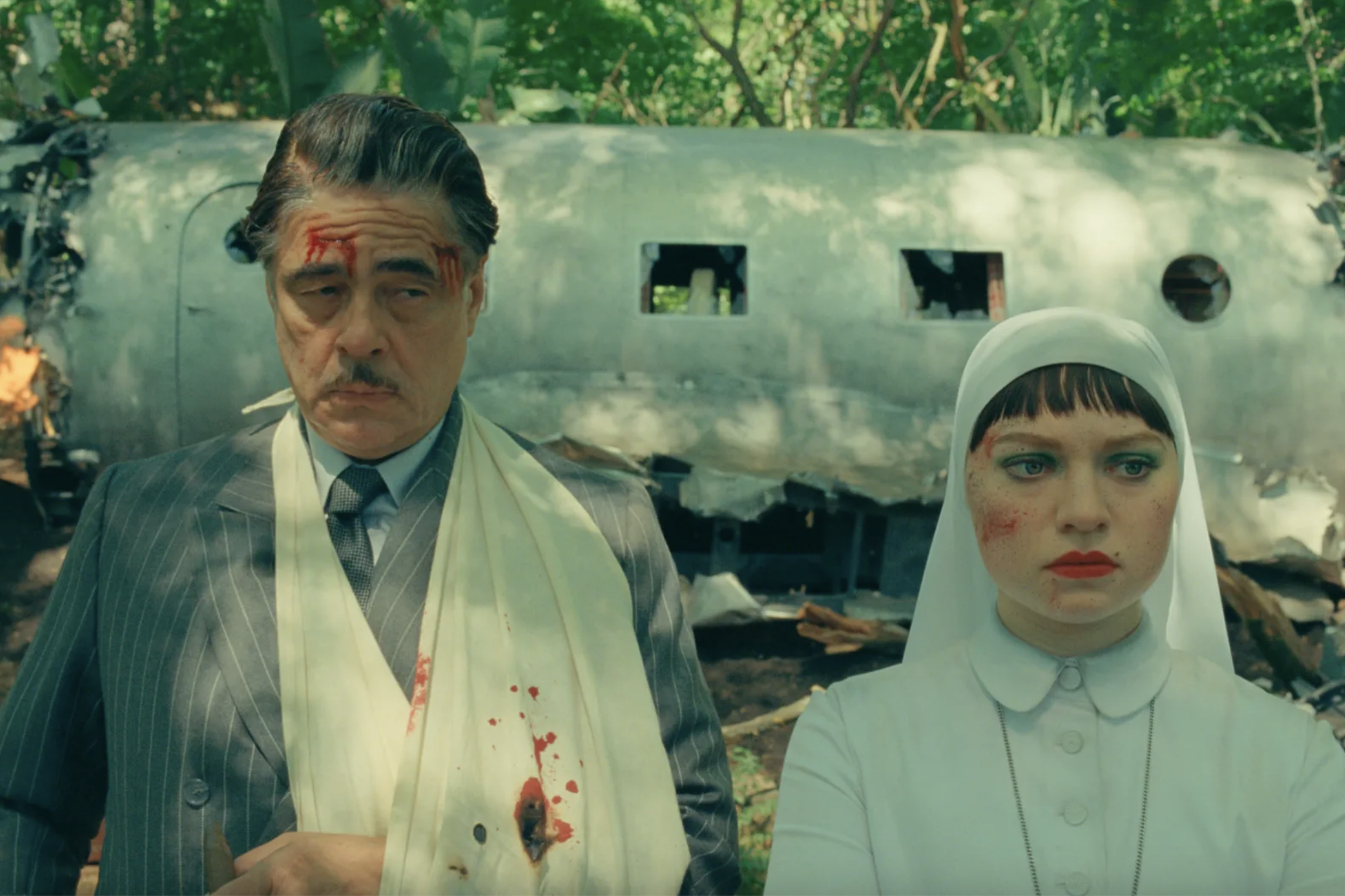
Rather than Zsa-Zsa’s dominant character arc compromising the narrative scope though, his expanding actors’ troupe sprawls out across subplots and settings. The Phoenician Scheme briefly shines the spotlight upon veterans Bill Murray and Willem Dafoe, revels in the deadpan wit of recent additions Richard Ayoade and Benedict Cumberbatch, and invites two talented newcomers into the main cast. Kate Winslet’s daughter Mia Threapleton has clearly inherited her mother’s shrewd edge, carefully treading a narrow line between Liesl’s altruism and her cynical self-indulgence, while Michael Cera’s turn as Norwegian entomologist Bjørn simultaneously conforms to and subverts his awkwardly endearing screen persona.
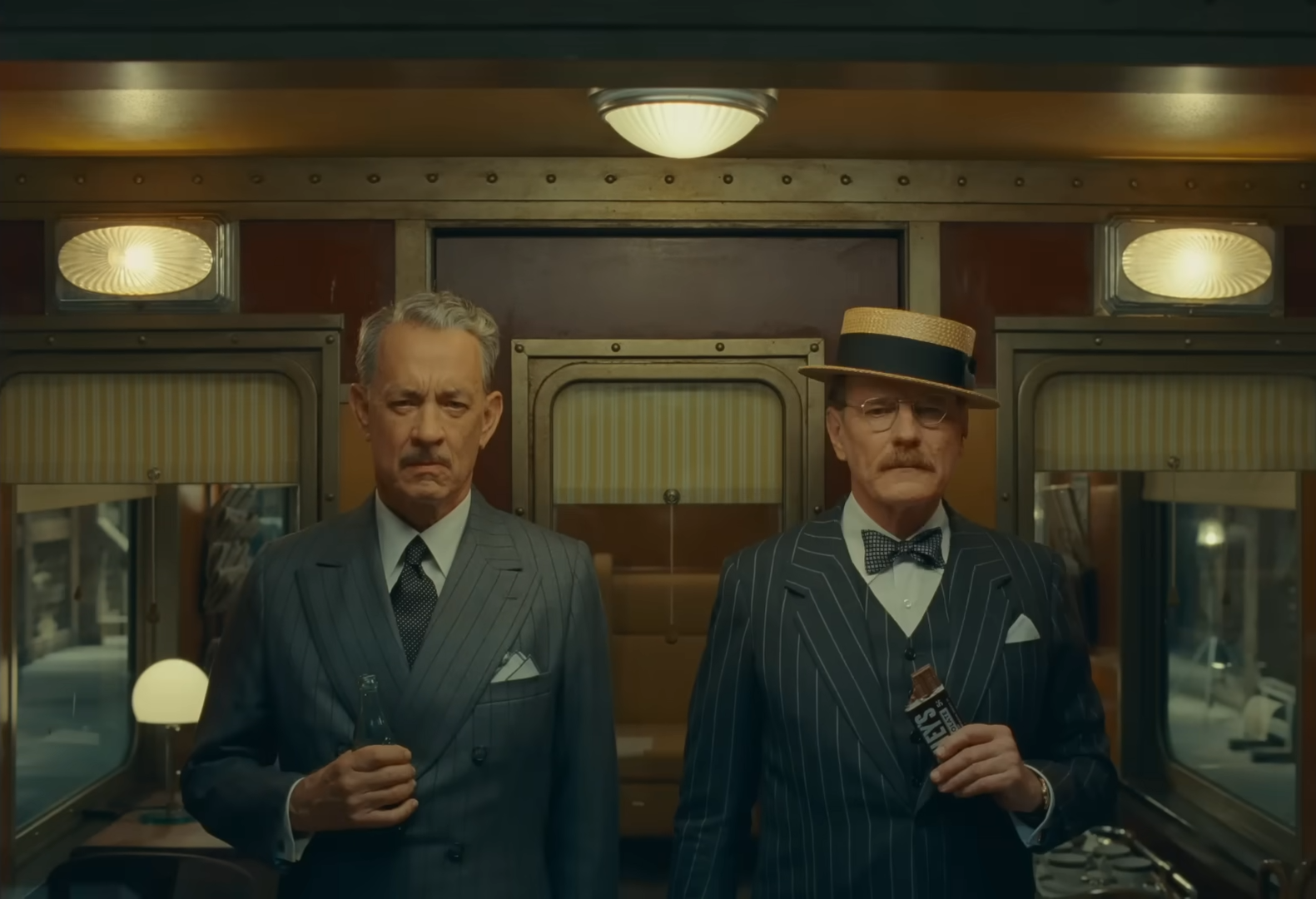
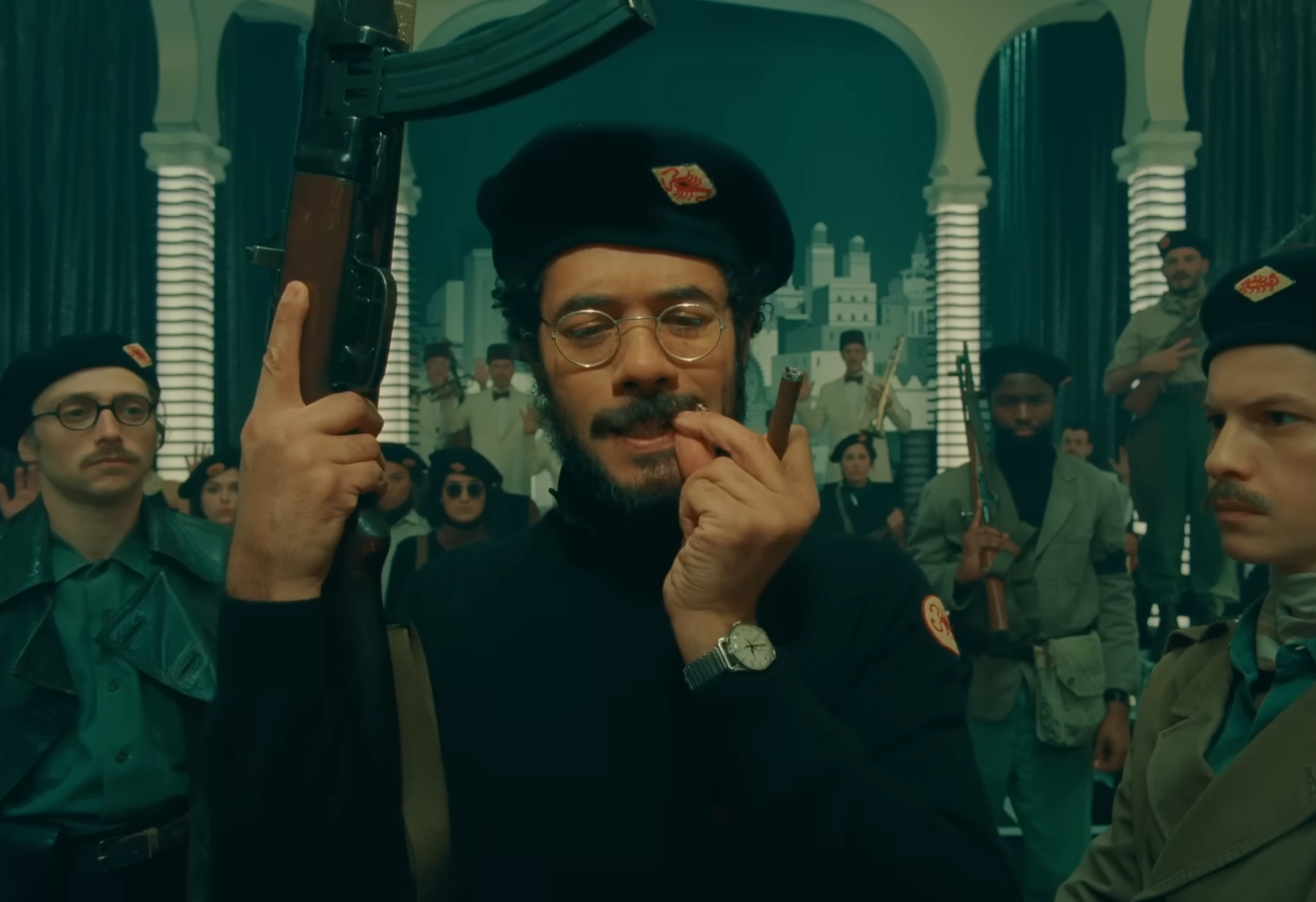

In painting out the imbalanced dynamic between our three leads, Anderson’s blocking proves to be particularly rigorous. The first meeting between Zsa-Zsa and Liesl establishes their disconnection through height, situating him upon the dais in the centre of his grey, austere dining hall, or otherwise seating him on a chair while she crouches on a footstool. Even more amusingly, Bjørn’s occupation as Zsa-Zsa’s administrative assistant often relegates him to the background and edges of the frame, comically underscoring his painfully polite presence.
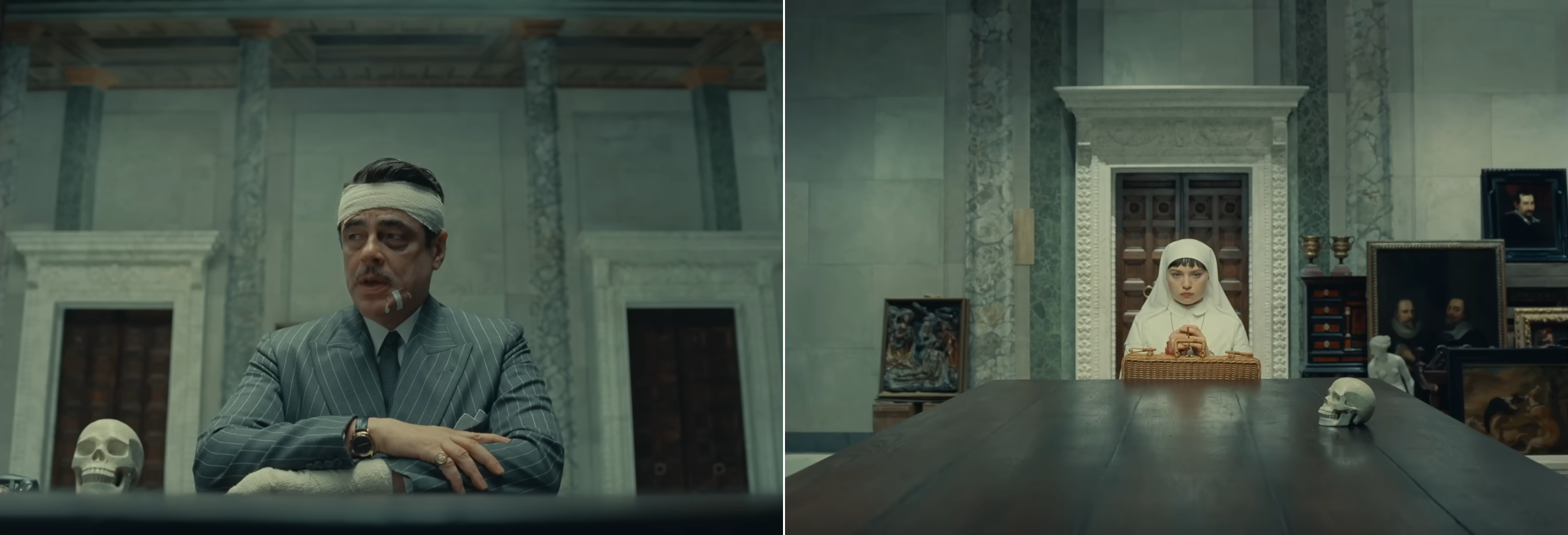

Of course, this meticulous staging is crucially an extension of his exquisitely curated sets, shot by renowned cinematographer Bruno Delbonnel in his first team-up with Anderson. Zsa-Zsa’s palazzo-inspired manor of is almost entirely stripped of colour, making for a particularly stunning slow-motion, overhead shot in the tiled bathroom where dedicated staff attend to his every need, yet also lavishly embellished by marble columns and priceless art. Against these muted tones, the crimson rug upon which he organises his business plans appears all the more vibrant, and the shoeboxes that they are divided into strike an especially whimsical note.
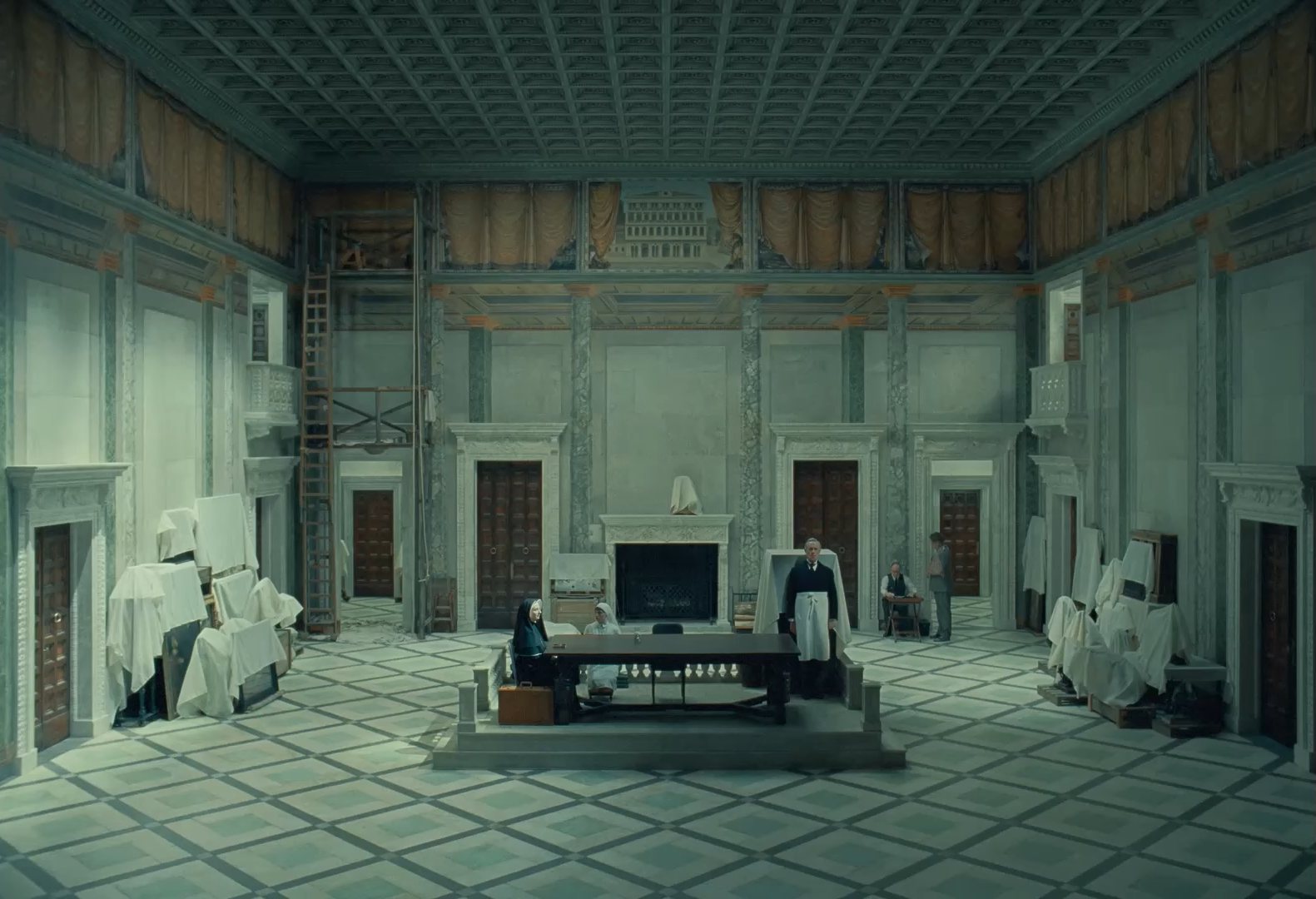
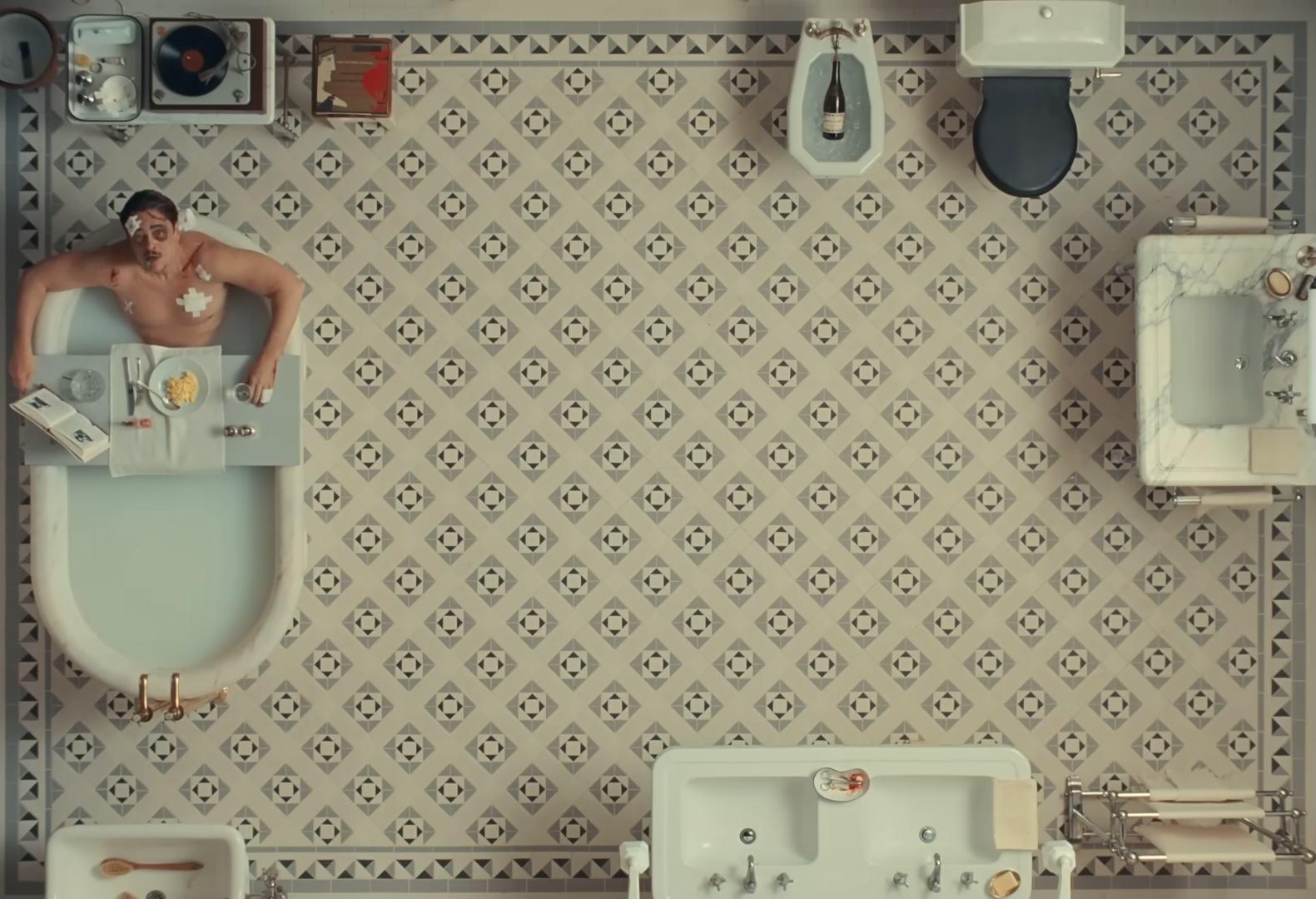

True to Anderson’s offbeat formalist sensibilities, this is the system he chooses to structure The Phoenician Scheme around, representing each shoebox as a different investor to whom Zsa-Zsa must appeal. A train tunnel, a nightclub, a ship, and a dam become dioramic set pieces on his journey through Phoenicia, each hosting potential stakeholders who fall prey to his unscrupulous negotiation methods. Whether he is threatening blackmail or suicide bombings, it isn’t uncommon for these discussions to erupt into unintelligible uproars, nor for Zsa-Zsa to offer one of his many hand grenades as a gesture of goodwill.
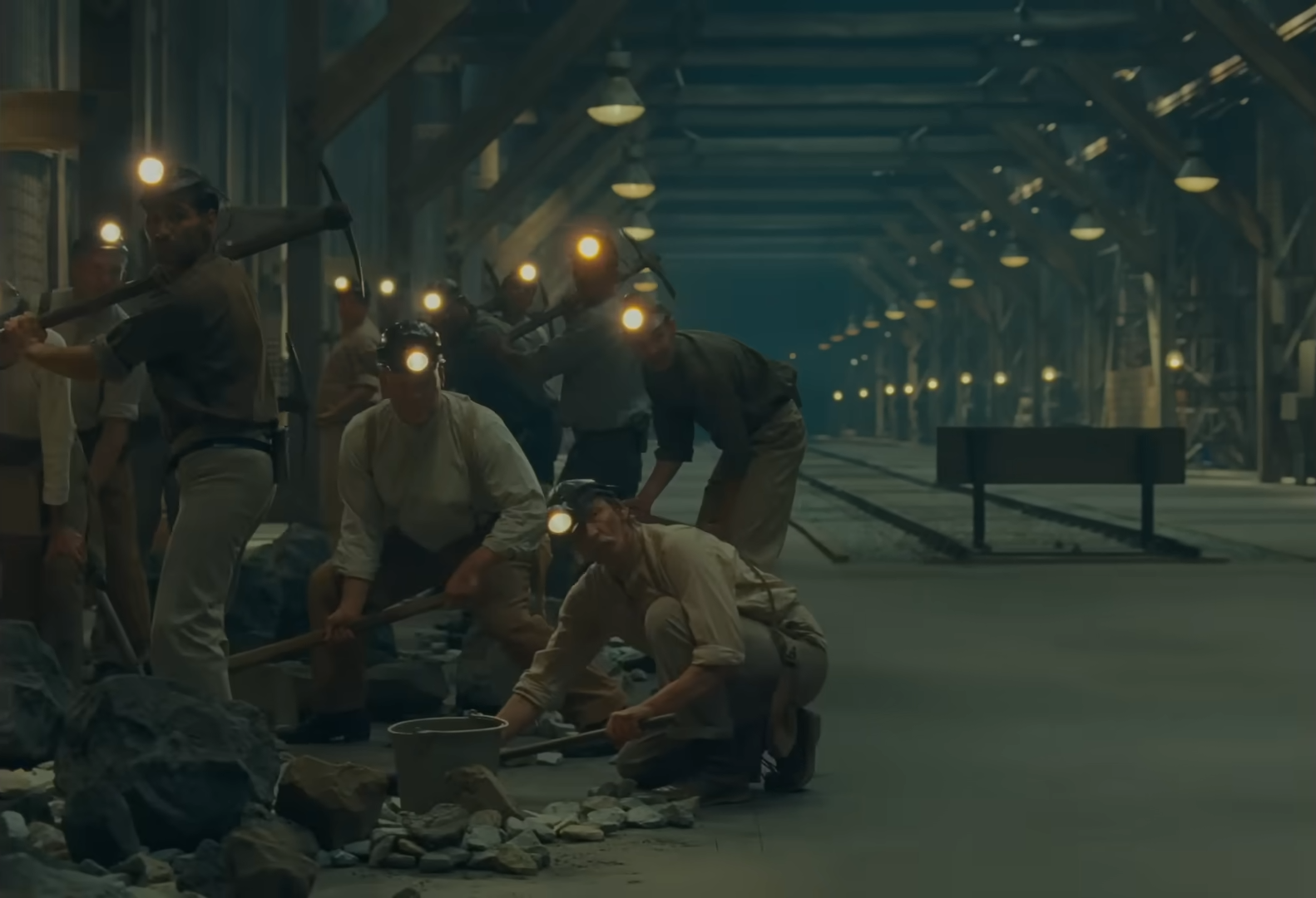
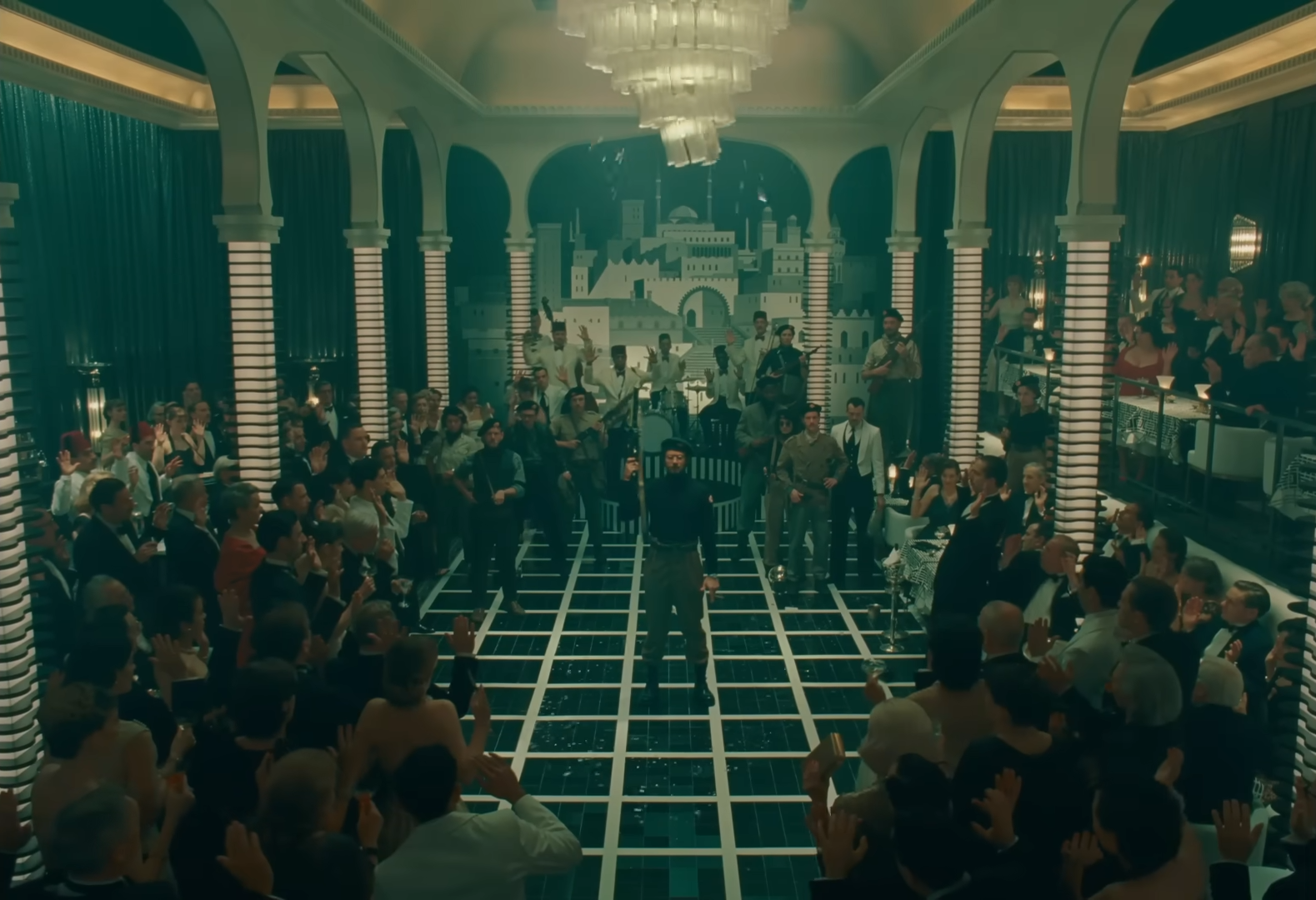
Needless to say, The Phoenician Scheme is quite easily Anderson’s most violent film yet, and consequently one of his most darkly comedic. His immaculate formal control never descends into chaos even when characters find themselves blown up, shot, and poisoned, rupturing the cool distance of wide shots with grotesque reminders of the stakes at play. Though shocking in its frequency, this heightened brutality is rendered with a deliberate absurdity that feels right at home in Anderson’s miniature, mythologised vision of history, vaguely anchoring Zsa-Zsa’s dealings to the messy geopolitics and espionage of the 1950s. While globalist governments conspire, spies gather intel, and rumours swirl around the mysterious Uncle Nubar, our morally compromised protagonist boldly advances his imperialist ambitions, slipping between the cracks of warring powers with the elusiveness of a tycoon who’s made scheming into an artform.
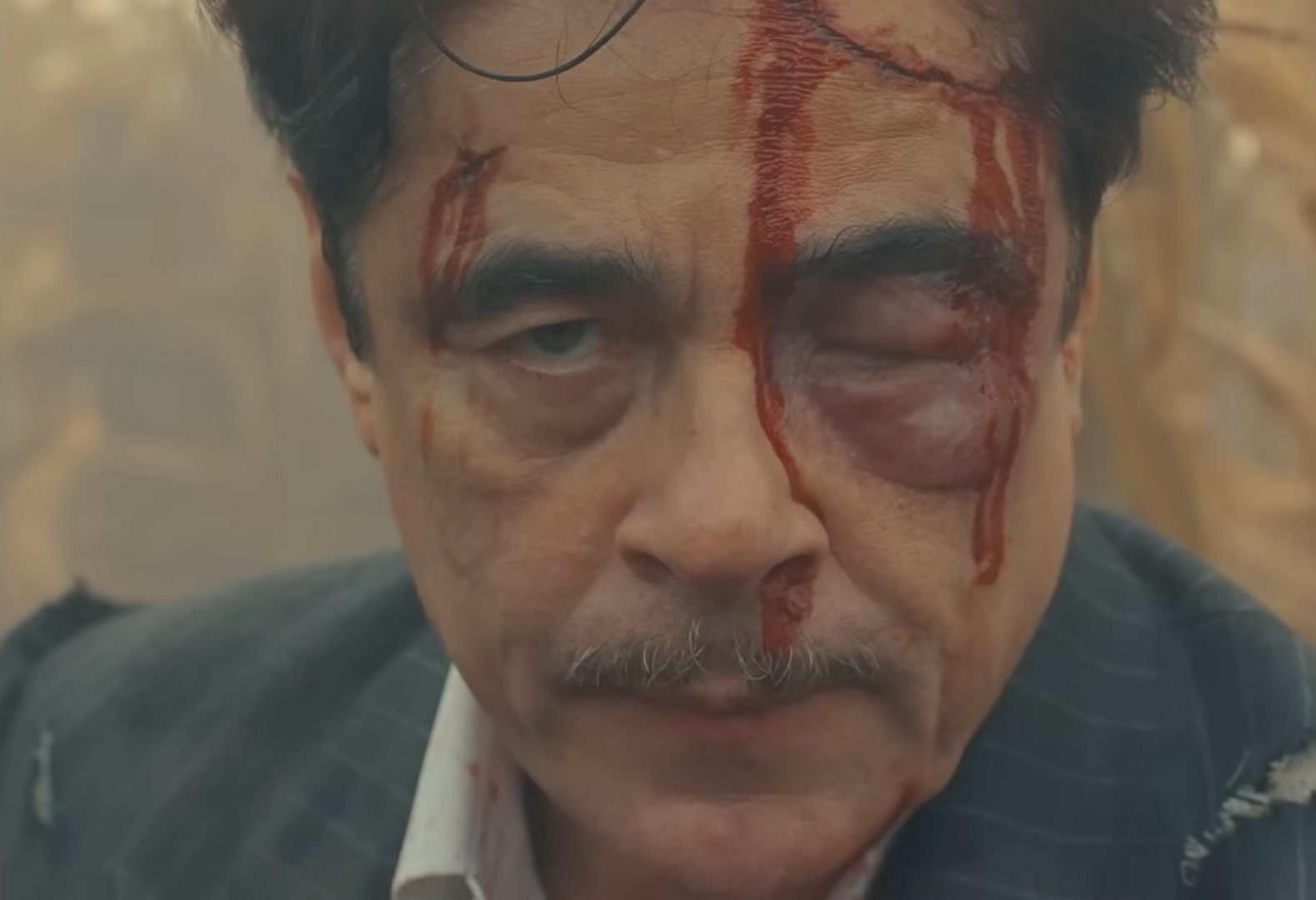
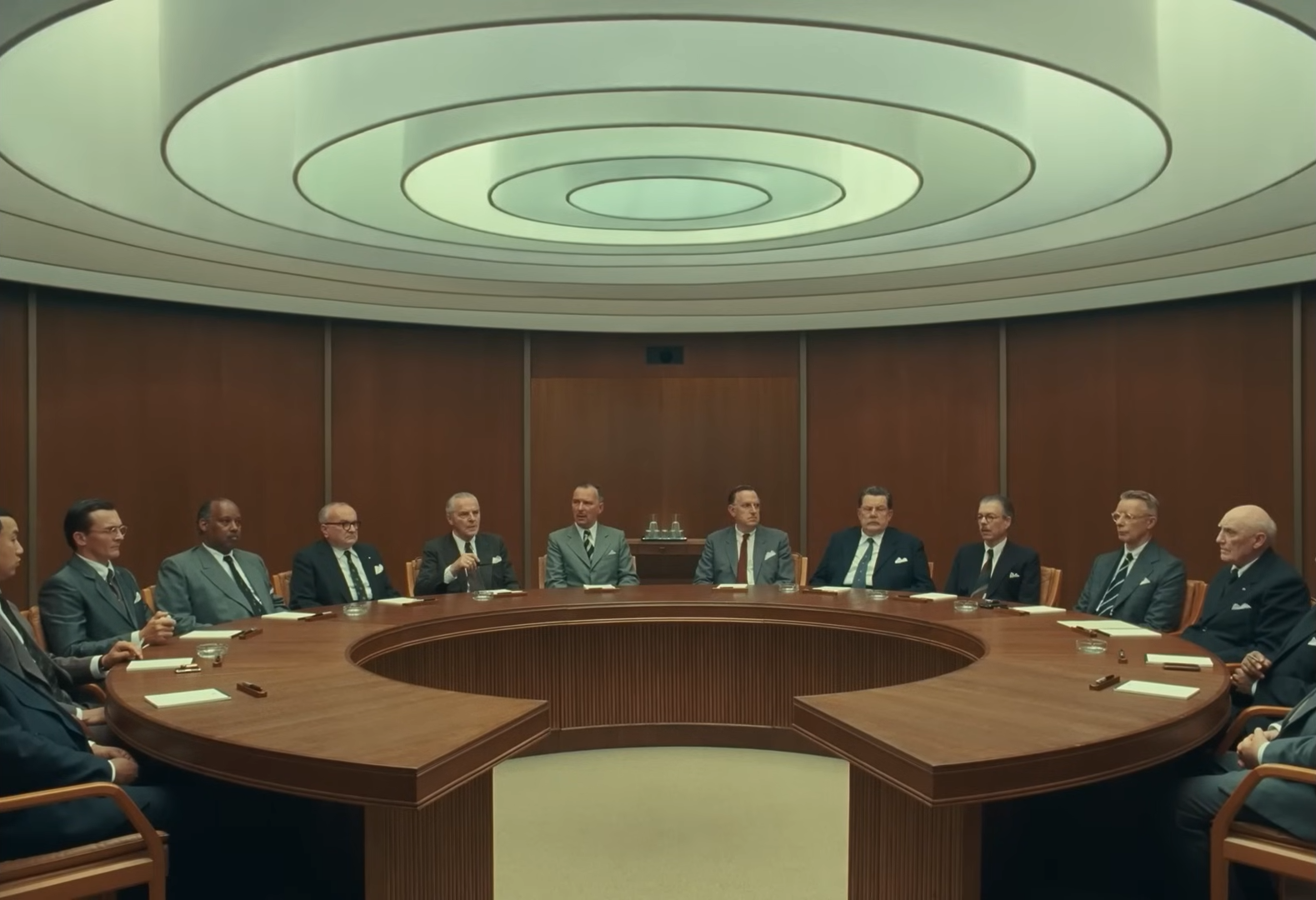
It’s little wonder then that this man who is so accustomed to dodging danger should find himself haunted by cryptic visions of the afterlife. Neither is it a surprise that Anderson draws so heavily from Michael Powell’s metaphysical fantasy A Matter of Life and Death here, similarly using the black-and-white photography of these ethereal scenes to set a stark contrast against the pastel palettes of Zsa-Zsa’s mortal endeavours, and equally weighing his soul in both worlds. In one, it is Liesl whose earthly judgement holds him accountable, illuminating the tangible impact of his selfishness. In the other, the jury consists of his grandmother, his deceased wives, the five-year-old Liesl he once abandoned – every loved one he has hurt now spurring a reckoning through obscure metaphors and exchanges.
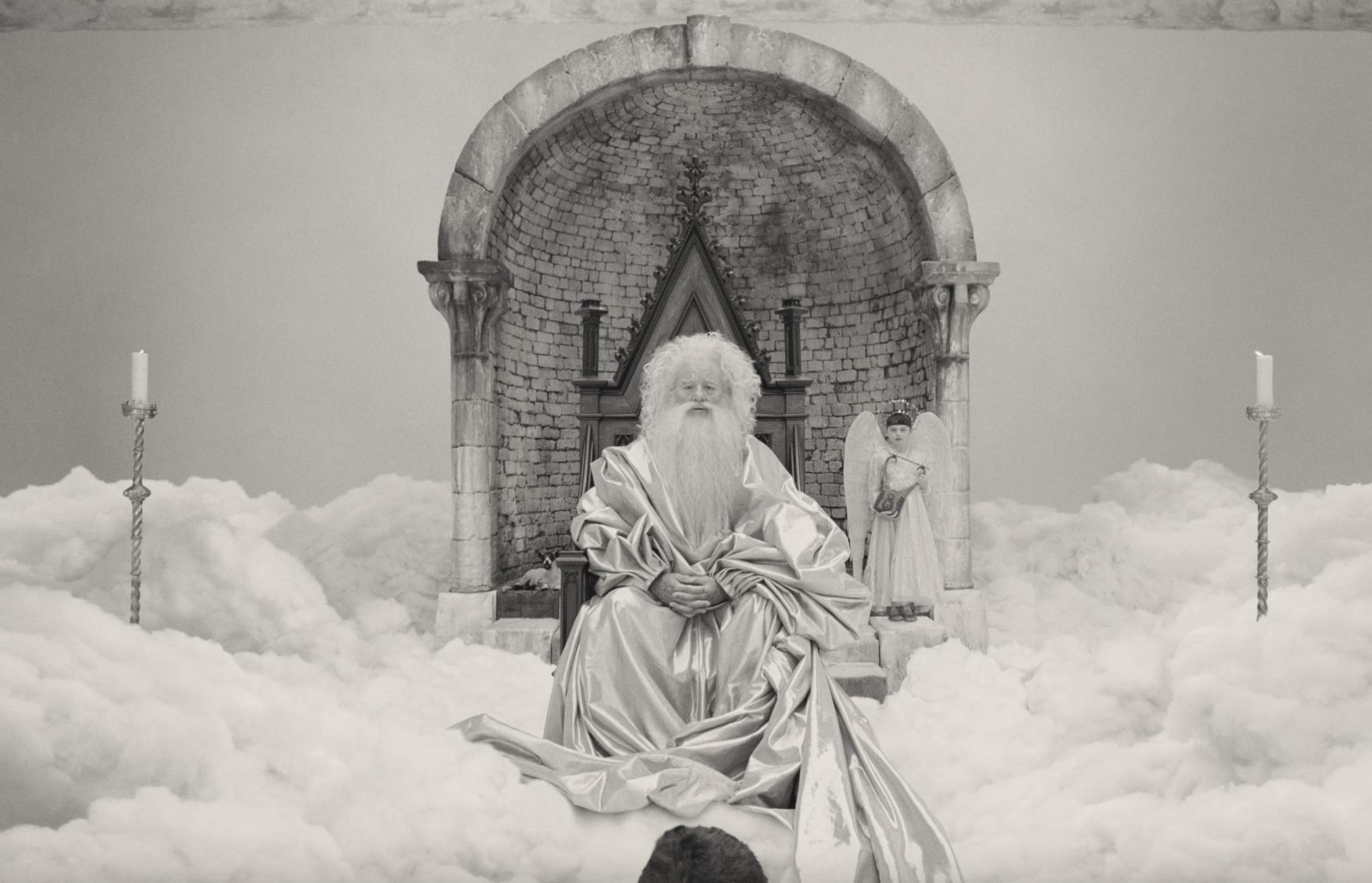
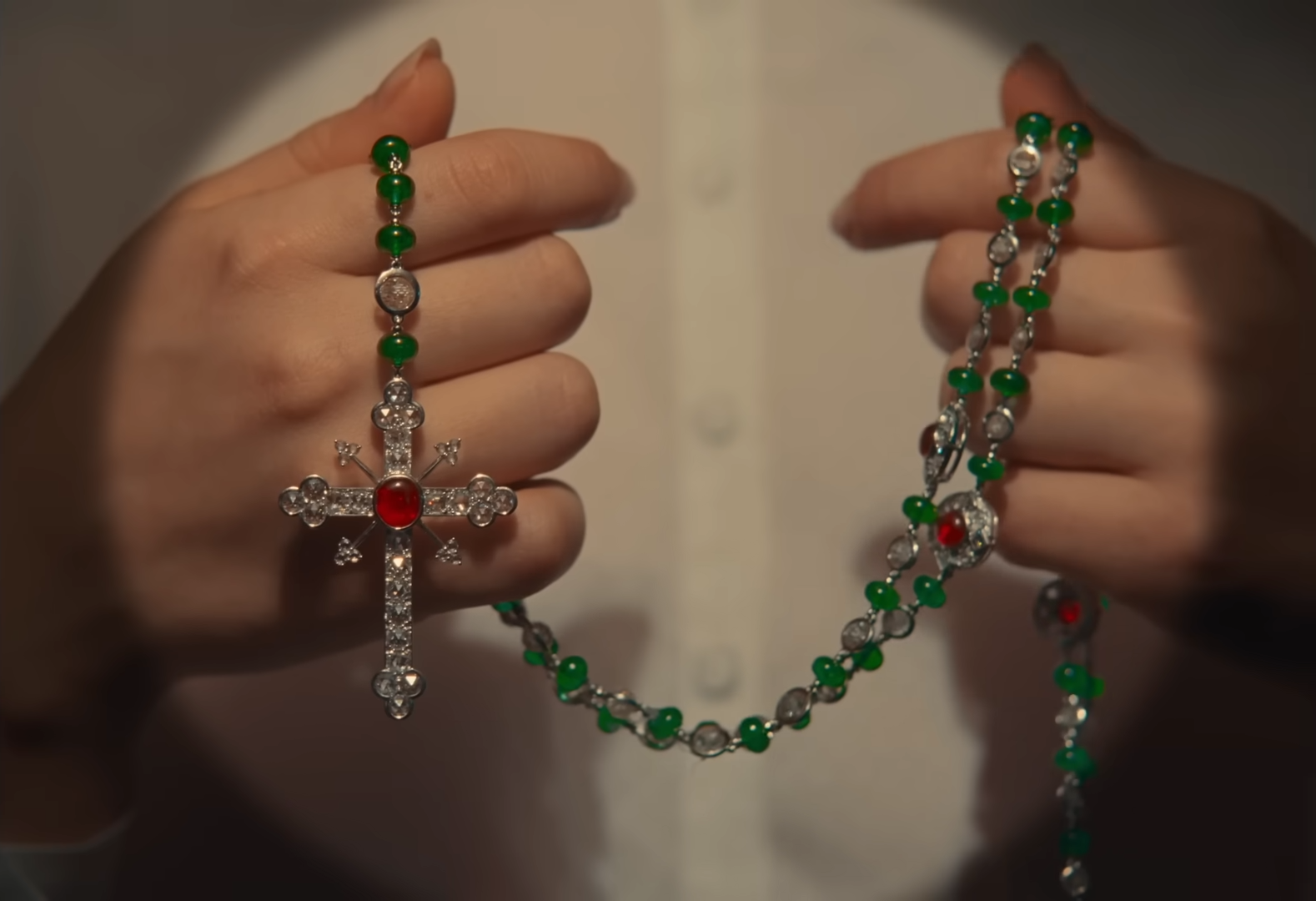
Still, reconciliation is a two-way street, most evident in Liesl’s gradual adoption of her father’s vices – a curious expression of empathy in its own right. As she embraces his world, emerald eyeshadow and red lipstick begin to colour her face, and so too does she swap out her old pipe, dagger, and rosary beads for bejewelled versions of each. This is not an abandonment of her religious principles, but rather an unforced harmony where she is met by her father, setting aside those trivial luxuries and grudges that fractured their family many times over. Amid epic entanglements of industrialists, assassins, and terrorists, this is the divine humility concealed within The Phoenician Scheme’s dysfunctional family reunion, cutting entrepreneurial egos down to size through the stylish, self-effacing manner of Anderson’s inimitable charm.
The Phoenician Scheme is currently playing in cinemas.
